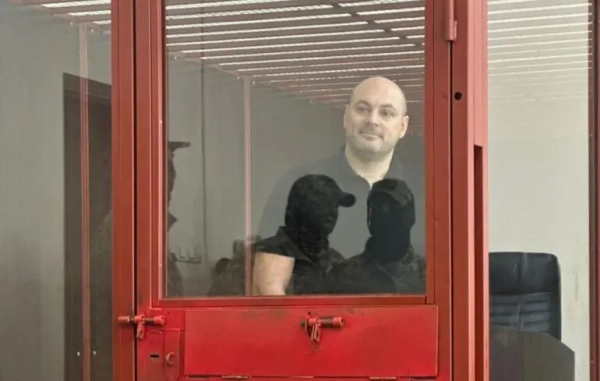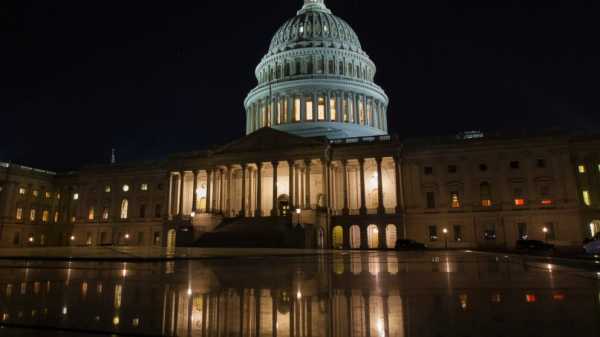
With that being said, Gavin Newsom is threatening to add more Democratic seats in California. How does he want to make that happen?
His plan is a little vague. A lot of the Democratic response seems to be a form of mutually assured destruction — the main idea here is to say that you’re going to do the same thing and hope to scare Republicans out of doing this. And the idea Gavin Newsom has proposed is putting a measure on the ballot in an upcoming election, having a statewide referendum to either approve new maps or permanently change the way that the state does its redistricting.
The idea there is to create five to seven more Democratic seats in California, which seems like a pretty tall order. It’s possible that the state is already pretty maxed out.
Can Democrats conceivably wring enough seats out of their redistrictable states to match the GOP?
The other obvious seats that are out there are states like Oregon, Washington, and Colorado, which conceivably could all produce one to two more Democratic seats. There’s always New York, too, and Illinois Gov. JB Pritzker, who met with Democratic state lawmakers from Texas last week, has said that he’s open to the idea as well.
Republicans seem to be all in for this plan. Democrats aren’t so sure. Tell me about that.
The issue here is that Democrats, because they have tended to be the folks who argued against gerrymandering and this kind of politically motivated redistricting, acknowledge that it’s not normal to do this. They acknowledge that maybe the rules are changing, but redistricting opens them up to charges of hypocrisy or descending to the same level as Republicans.
But many Democrats are saying, you know, We’re running out of options. Democratic voters want us to do something. That’s been the rallying cry from the party base to party leadership over the last year, and this is a pretty substantive plan to do that. But then what happens in the next five years? What happens in 10 years? Is this just going to become something that states do whenever they notice that their national party is in danger of losing a majority or losing a political advantage? Does that then diminish trust in the political system as a whole? Does that raise even more questions about accountability and transparency that were the point of trying to have independent redistricting to begin with?
In previous midterms, you’ve seen much bigger swings than five or even 10 seats, so it’s very possible that this shaves the margins for Republicans, but doesn’t end up swinging control of the House in 2026, right?
Yes. This could either be another 2018 “blue wave” situation, where even if Republicans redistrict, they would lose the majority anyway. Or it could be a 2022-style midterm, where you have mixed results — Democrats are able to flip some Senate seats, but Republicans are actually able to uphold or expand their House majority by small margins.
And the reason I bring that last point up is because this is another point that some critics on both sides are making. By trying to gerrymander things even more, you’re making assumptions about what voters you have in your column, and given how much various parts of the electorate have swung…Black and Latino voters have swung toward the Republicans. Could they be swinging away from them this time around? Are you making an assumption as a Republican that you have a lot of a certain kind of voter, and then making a district slightly less safe because you’re trying to shovel voters into a new district that you’re creating?
It creates questions about same effect in California: If you try to max out even more districts, are you accidentally making some of your other districts more competitive than they have to be, and in that case, will you end up having to spend even more money and resources on races that weren’t competitive before, but now are because you’re trying to marginally make another seat less competitive?
There’s a lot of inherent assumptions being made about what the electorate will look like next year. And again, one thing that’s really easy to forget — and this is true for the parties, too, and I haven’t really seen this discussed — is that in the Trump era, you have two different electorates. You have different electorates that turn out in midterms versus general elections. Sometimes it can be drastically different and much more Democratically aligned than you expect, and that ends up leading to overperformance, like in 2018 or 2022.
So there is a different question, right? If you make certain seats more Republican by packing voters in there, what happens when the voters you assume would be voting for you don’t come out to vote? It could really backfire.
Source: vox.com






